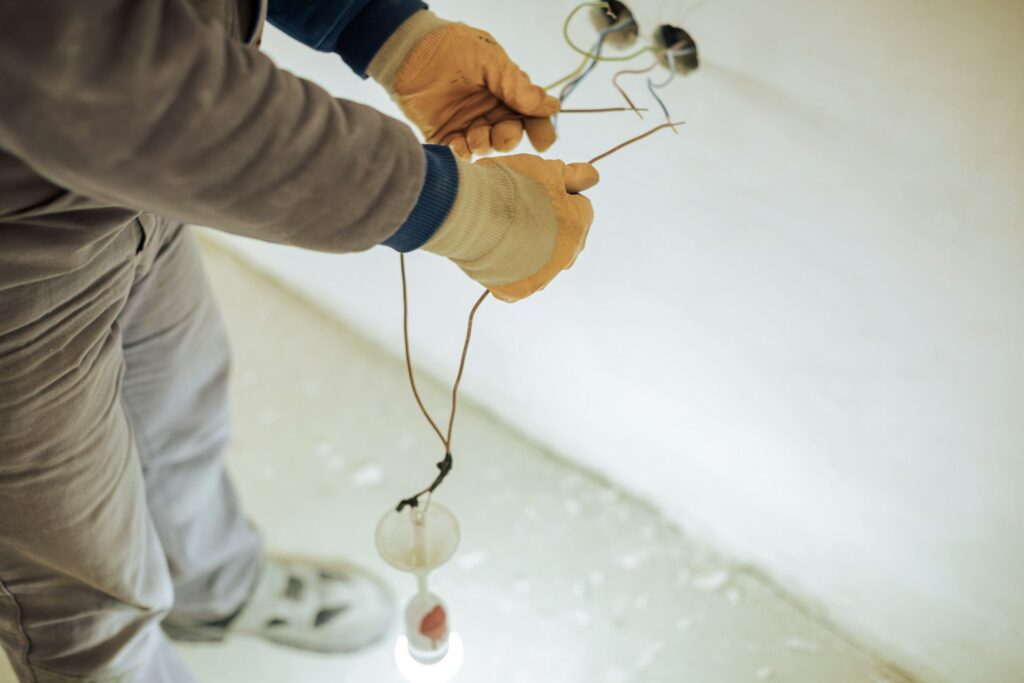Let’s face it: most of us take electricity for granted. We flip a switch, and voila! Light appears. We plug in our phones, and they magically charge. But have you ever stopped to wonder how this invisible force actually travels? Enter the unsung hero of our electrified world: the electrical conductor.

The Basics: What is an Electrical Conductor?
An electrical conductor is any material that allows the flow of electric charge through it. Think of it as a highway for electrons, those tiny particles that carry electrical current. While all materials conduct electricity to some degree, conductors do it exceptionally well.
Here’s a quick analogy: Imagine you’re at a crowded concert. The mosh pit is like a conductor – people (electrons) move freely and easily. The seated areas? Those are more like insulators, where movement is restricted.
The Conductor’s Hall of Fame
Not all conductors are created equal. Some materials are superstars in the conducting world. Here’s a list of some top performers:
- Silver (the reigning champion)
- Copper
- Gold
- Aluminum
- Steel
Interestingly, the human body is also a decent conductor, so you should never stick your finger in a socket (not that you needed that advice, right?).
The Science Behind the Magic
Now, let’s get a bit nerdy (in a cool way, of course). What makes a material a good conductor? It’s all about the atomic structure. In conductors, the outer electrons of atoms are loosely bound. This means they can easily break free and move around when voltage is applied. It’s like a game of atomic musical chairs, but instead of music stopping, it’s an electric field that gets these electrons dancing.
Conductors vs. Insulators: The Epic Showdown
To truly appreciate conductors, we need to understand their archnemesis: insulators. While conductors are the party animals of the electrical world, insulators are the introverts. They resist the flow of electric current.
Here’s a fun fact: at room temperature, copper (a conductor) is about 10^17 times more conductive than rubber (an insulator). That’s a difference of 100,000,000,000,000,000 times! Talk about a landslide victory for conductors.
The Practical Side: Where Do We Use Conductors?
Conductors are everywhere. Seriously, look around you. Here are some common applications:
- Power lines (usually aluminium or copper)
- Electrical wiring in your home
- Computer and phone components
- Lightning rods
- Cooking utensils (ever wonder why pots and pans are often made of metal?)
The Temperature Factor: When Hot Isn’t Always Better
Here’s a twist: unlike your social life, conductors don’t perform better when things heat up. In fact, the conductivity of most materials decreases as temperature increases. This is because increased thermal energy causes atoms to vibrate more, making it harder for electrons to flow smoothly. It’s like trying to walk through a crowd of enthusiastic dancers – the more they move, the harder it is to get through.
Superconductors: The Overachievers of the Conducting World
Just when you thought conductors couldn’t get any cooler (pun intended), enter superconductors. When cooled to extremely low temperatures, these materials conduct electricity with zero resistance. Zero. Nada. Zilch.
Imagine a world where electrical energy could be transmitted without any loss. We’re not quite there yet, but superconductor research is one of the hottest (or should I say coldest?) fields in physics today.
The Dark Side: When Conductivity Goes Wrong
While conductivity is generally good, it can sometimes be a pain. Ever gotten a shock from static electricity? That’s conductivity in action. Or consider the challenge of waterproofing electronic devices – water’s conductivity is what makes it so dangerous to your phone.
The Bottom Line:
In conclusion, electrical conductors are the unsung heroes of our modern world. They’re the reason you can read this article on your device, why your home is lit at night, and why you can heat up last night’s leftovers in the microwave. So the next time you flip a switch or charge your phone, take a moment to appreciate the incredible journey those electrons are making through the conductors all around us. It’s pretty shocking stuff, isn’t it?
Frequently Asked Questions:
Are all metals good conductors?
While most metals are good conductors, some are better than others. Silver is the best, followed by copper and gold.
Can liquids be conductors?
Yes! Many liquids, especially those containing dissolved ions (like saltwater), can conduct electricity.









